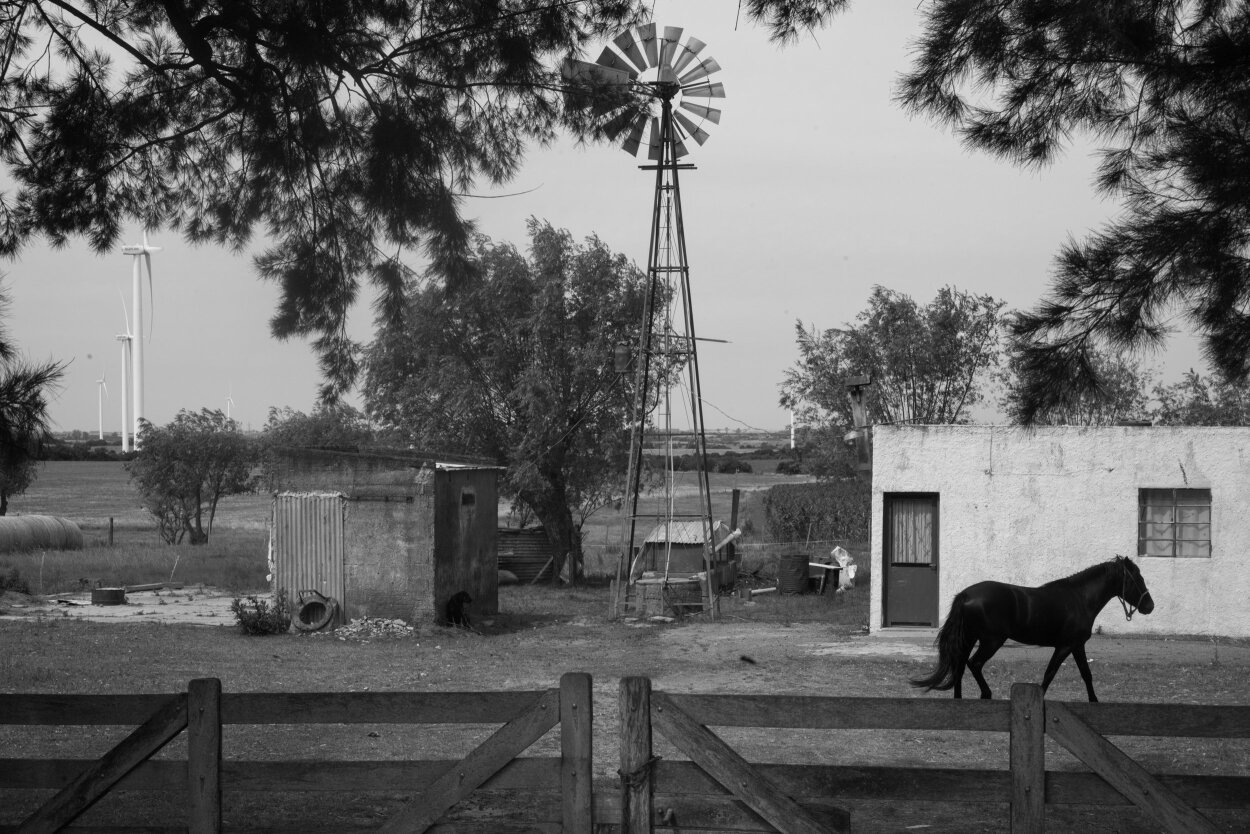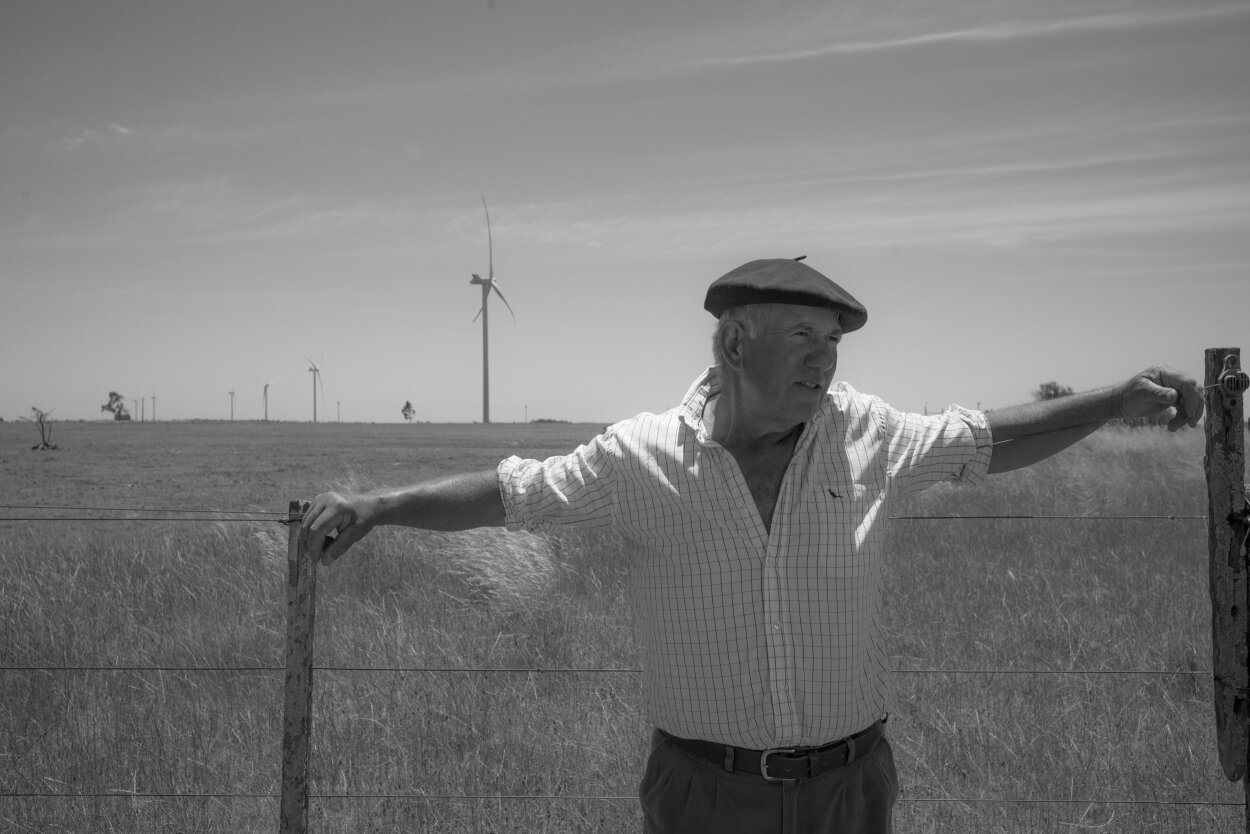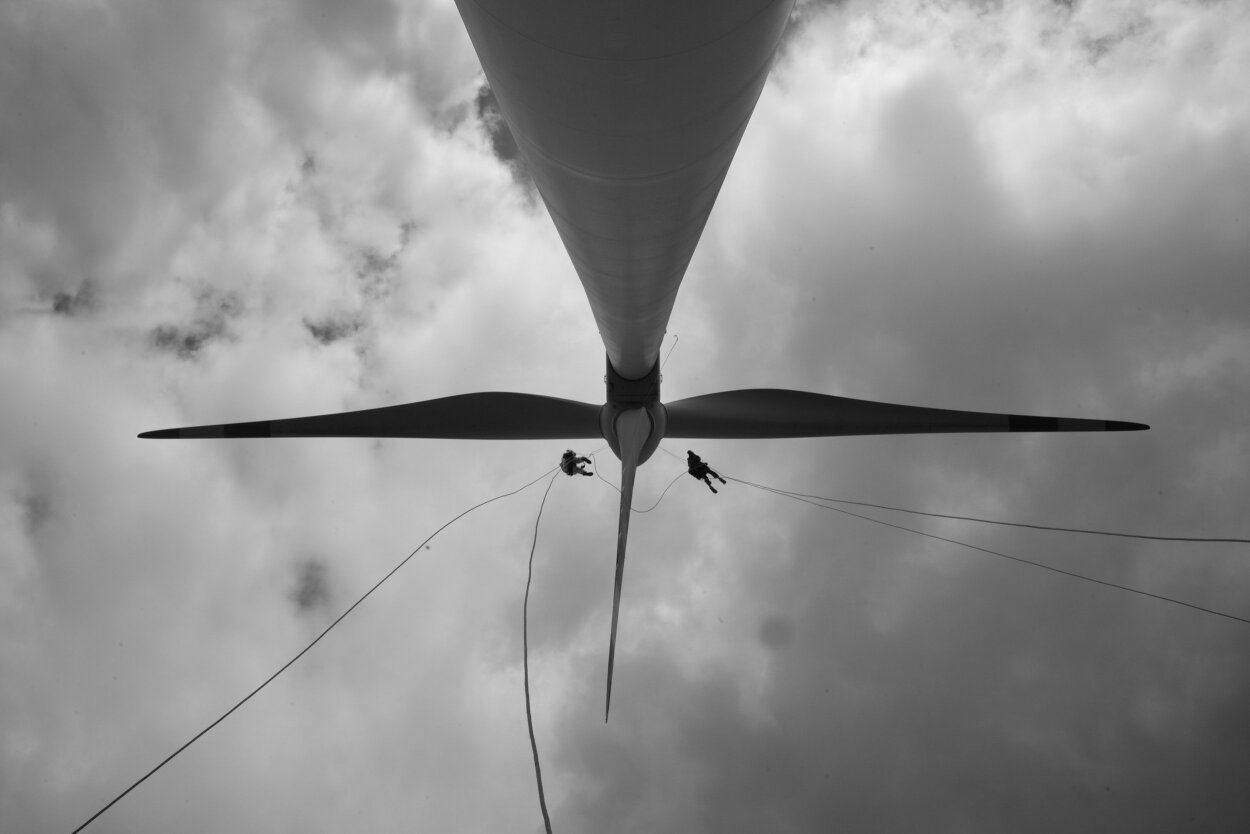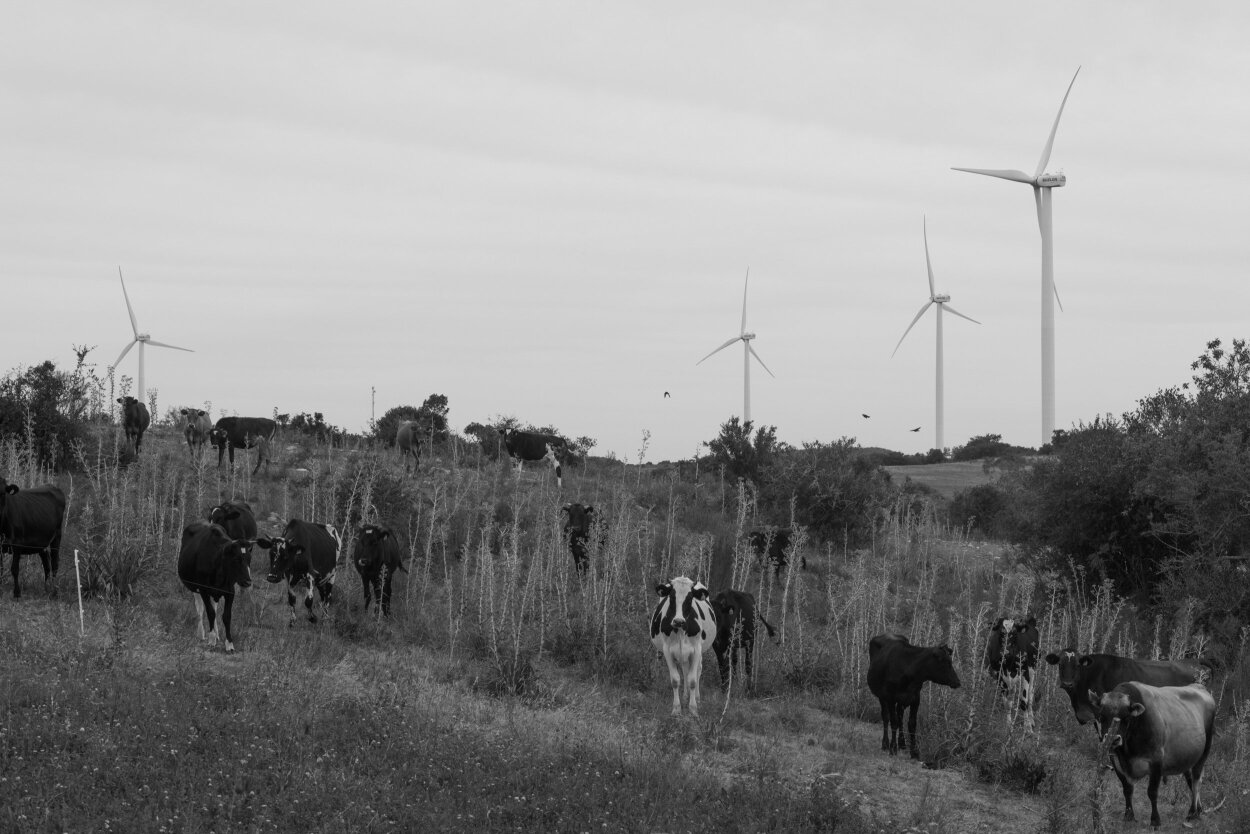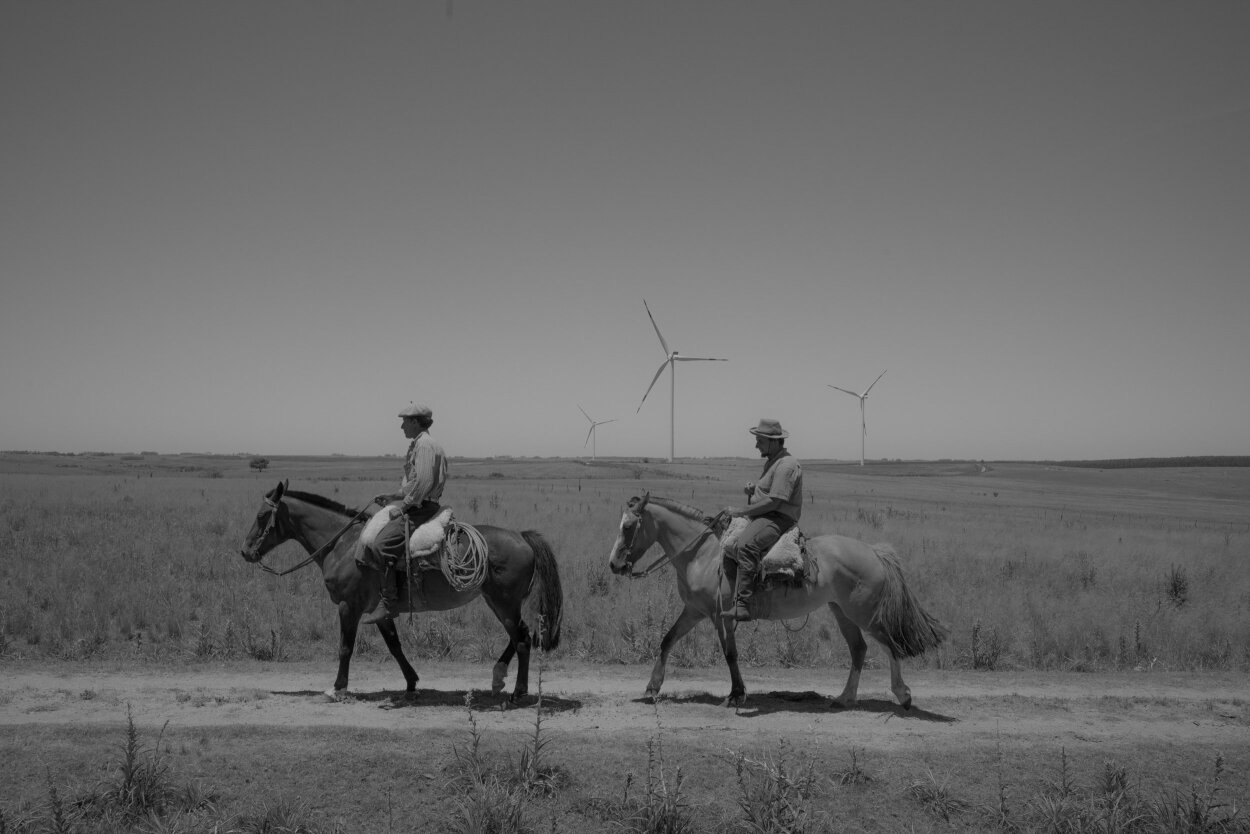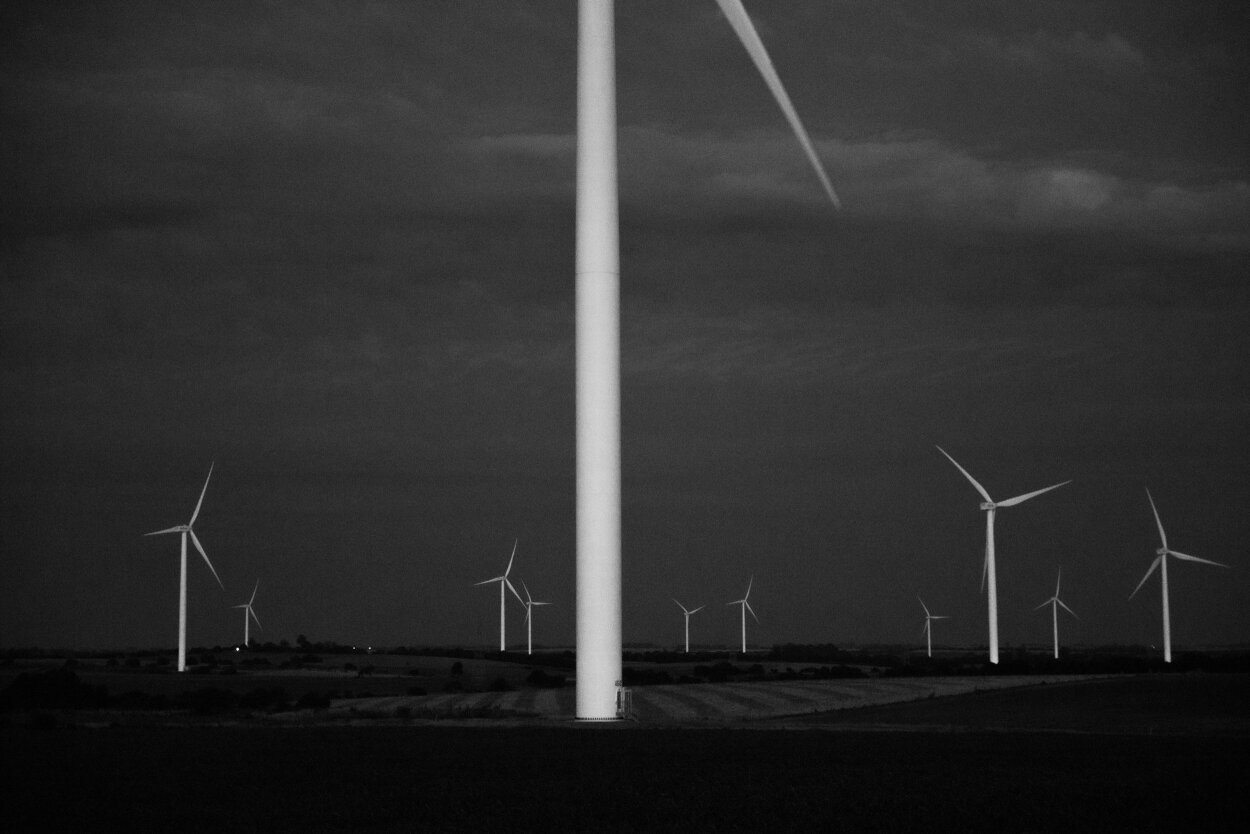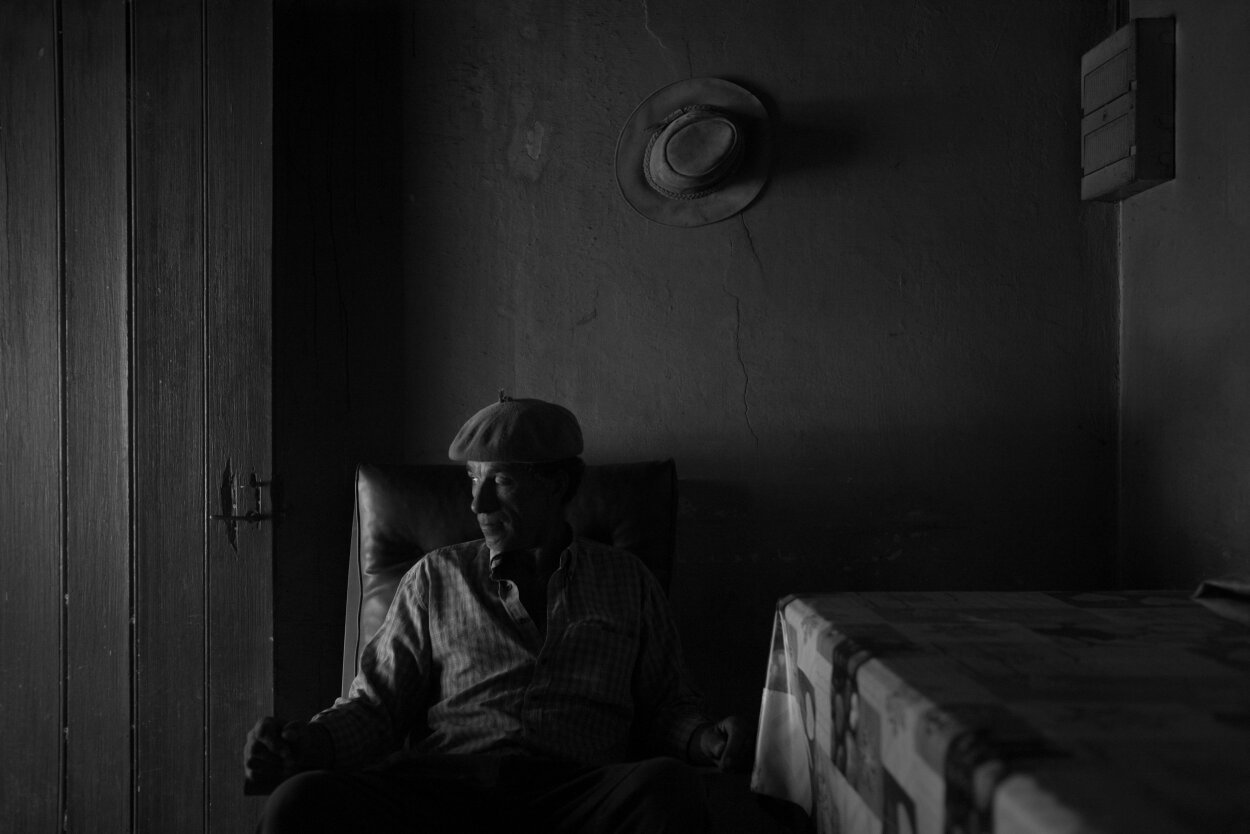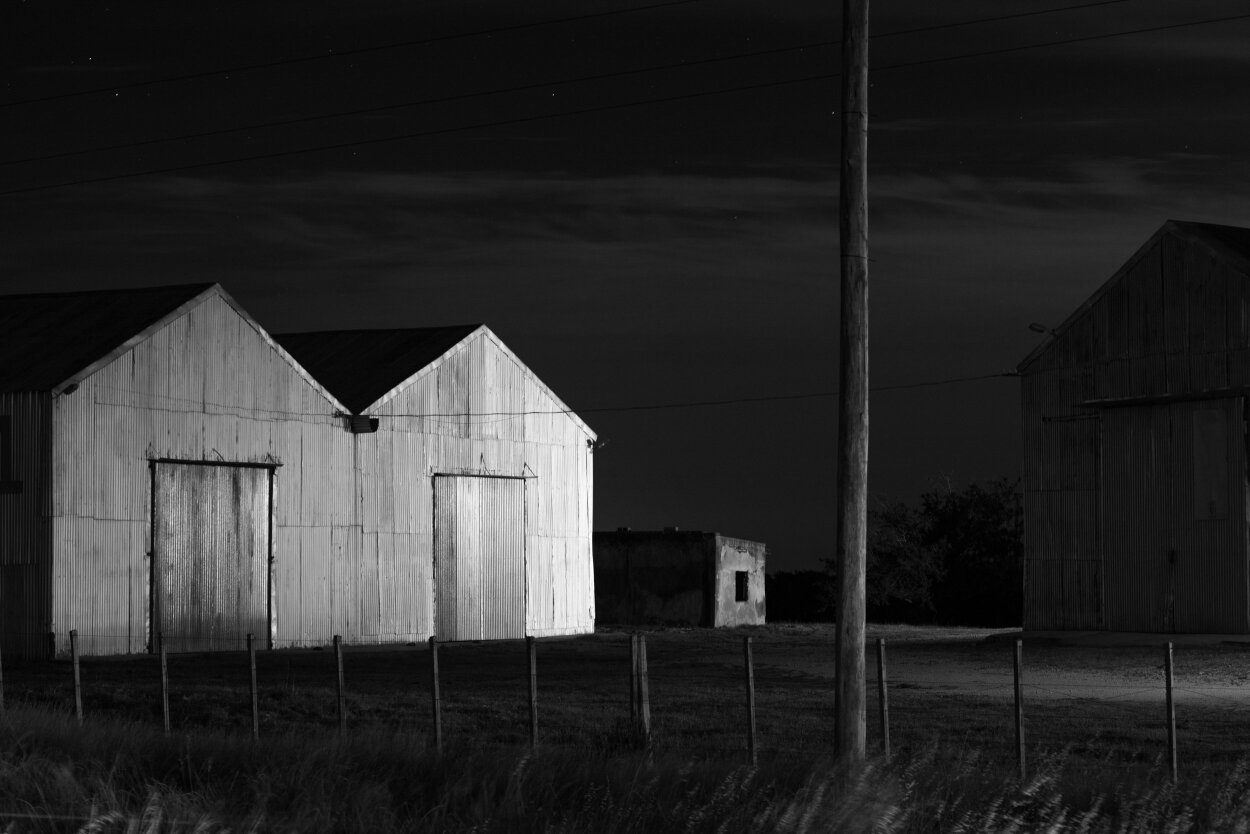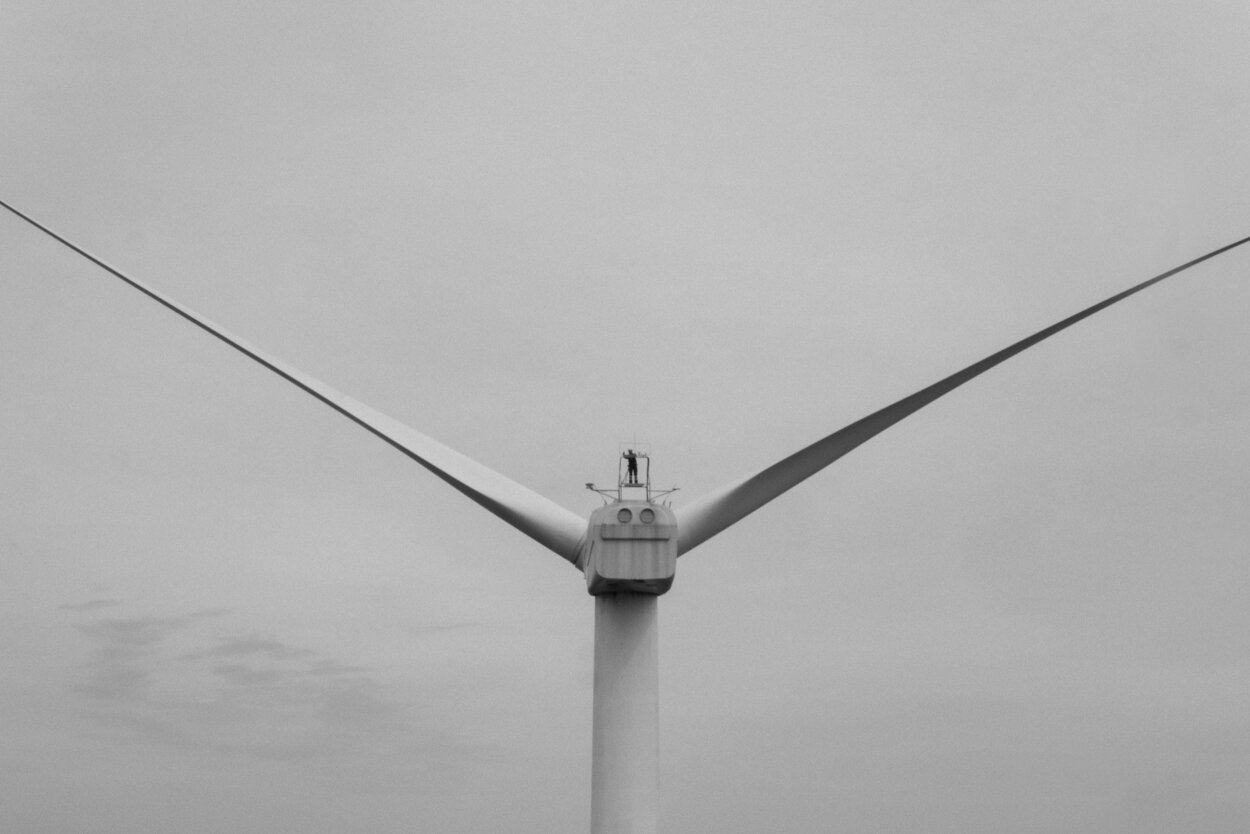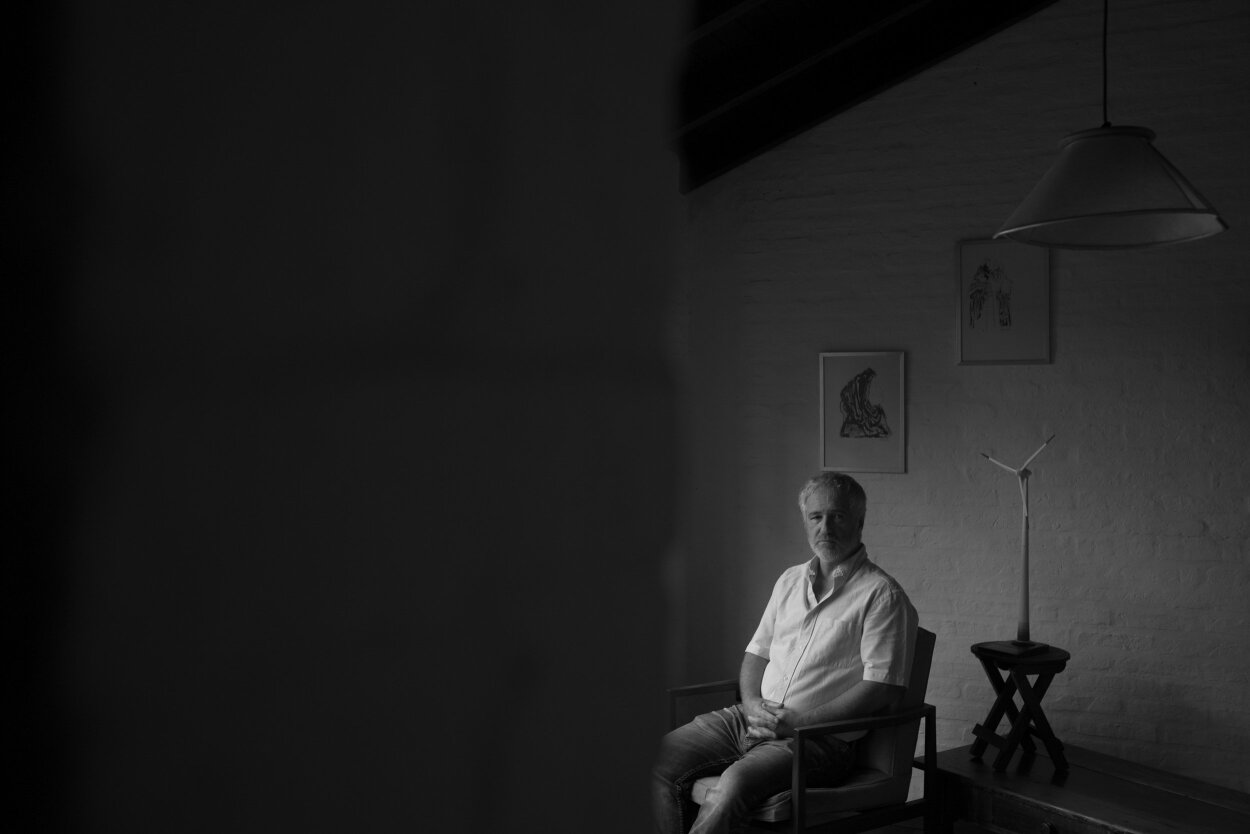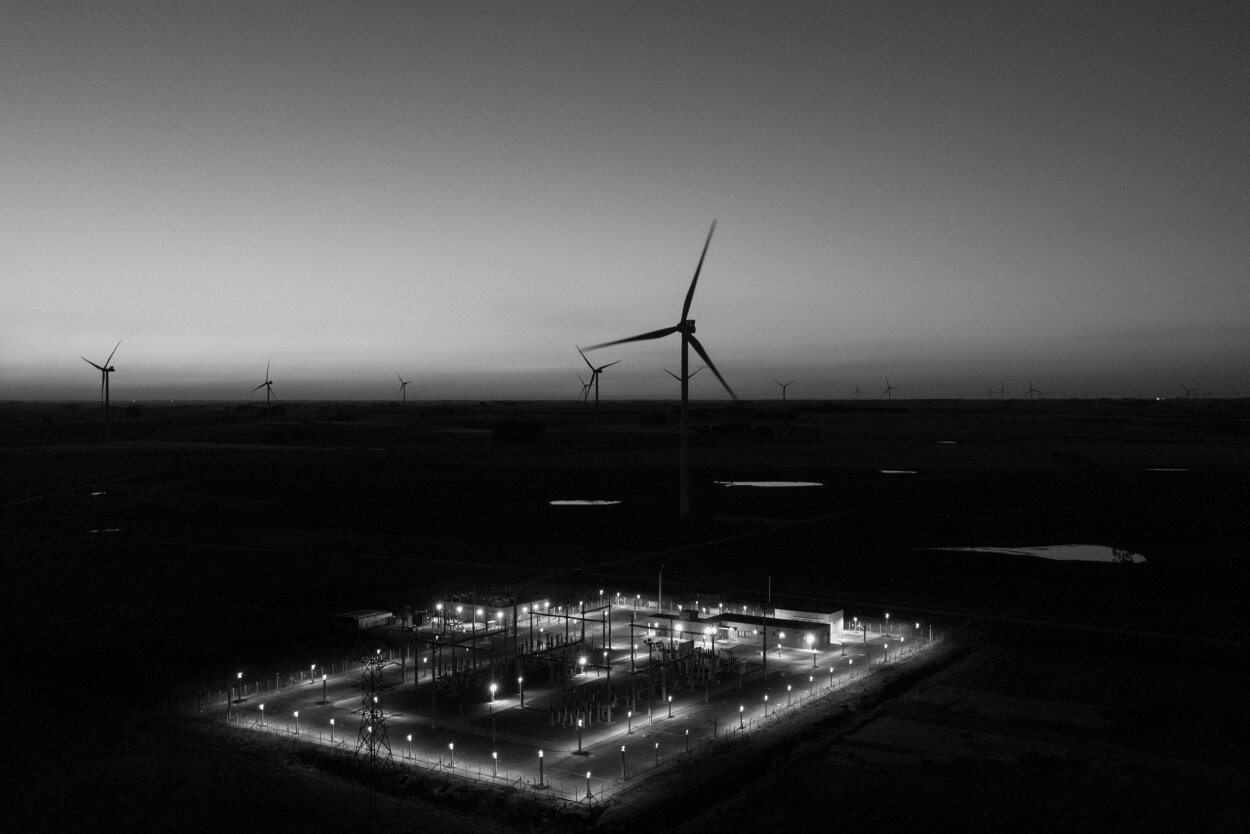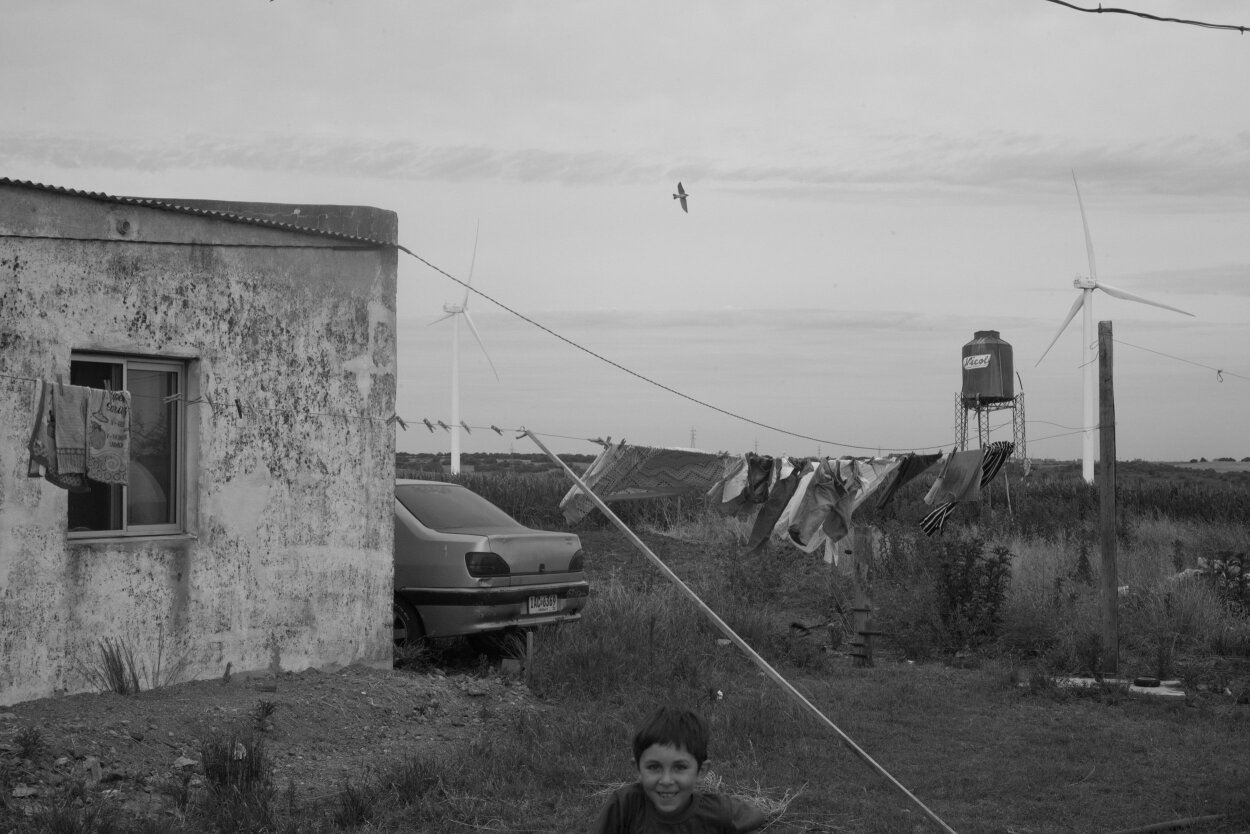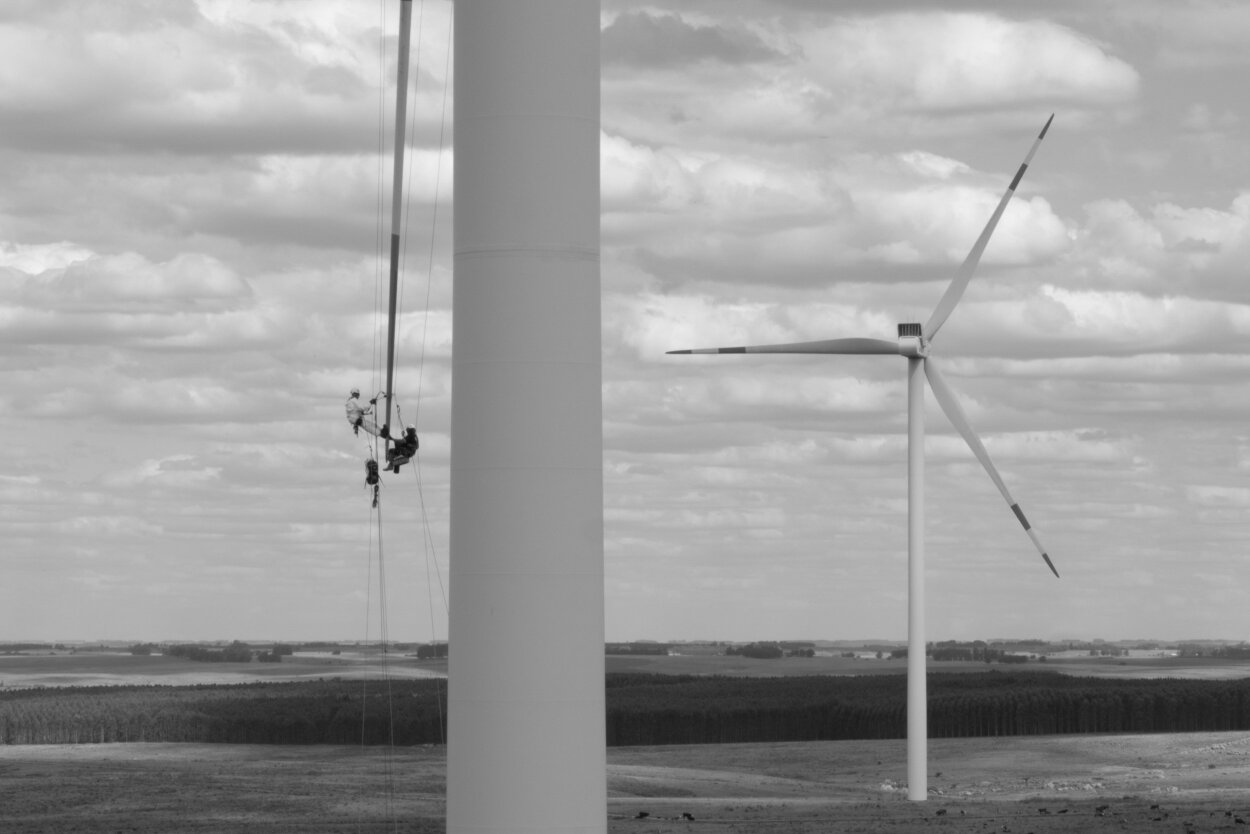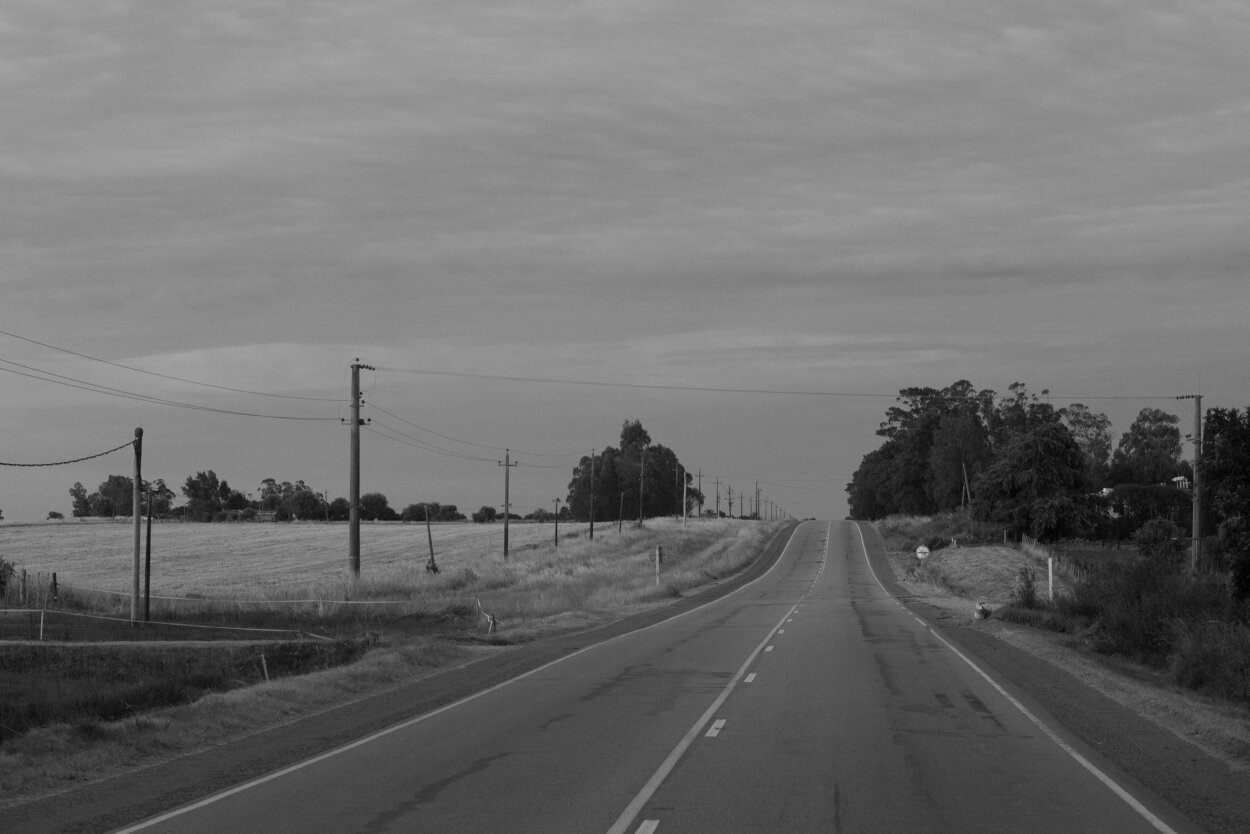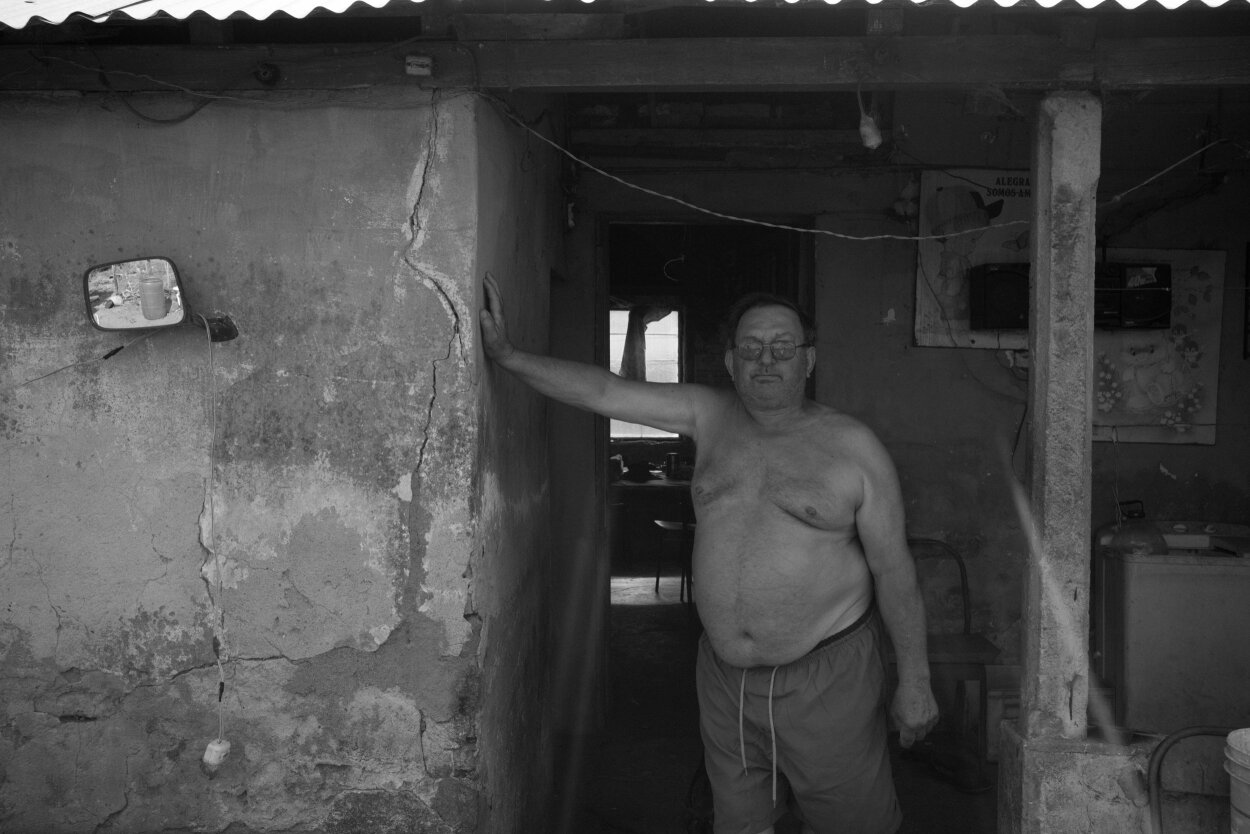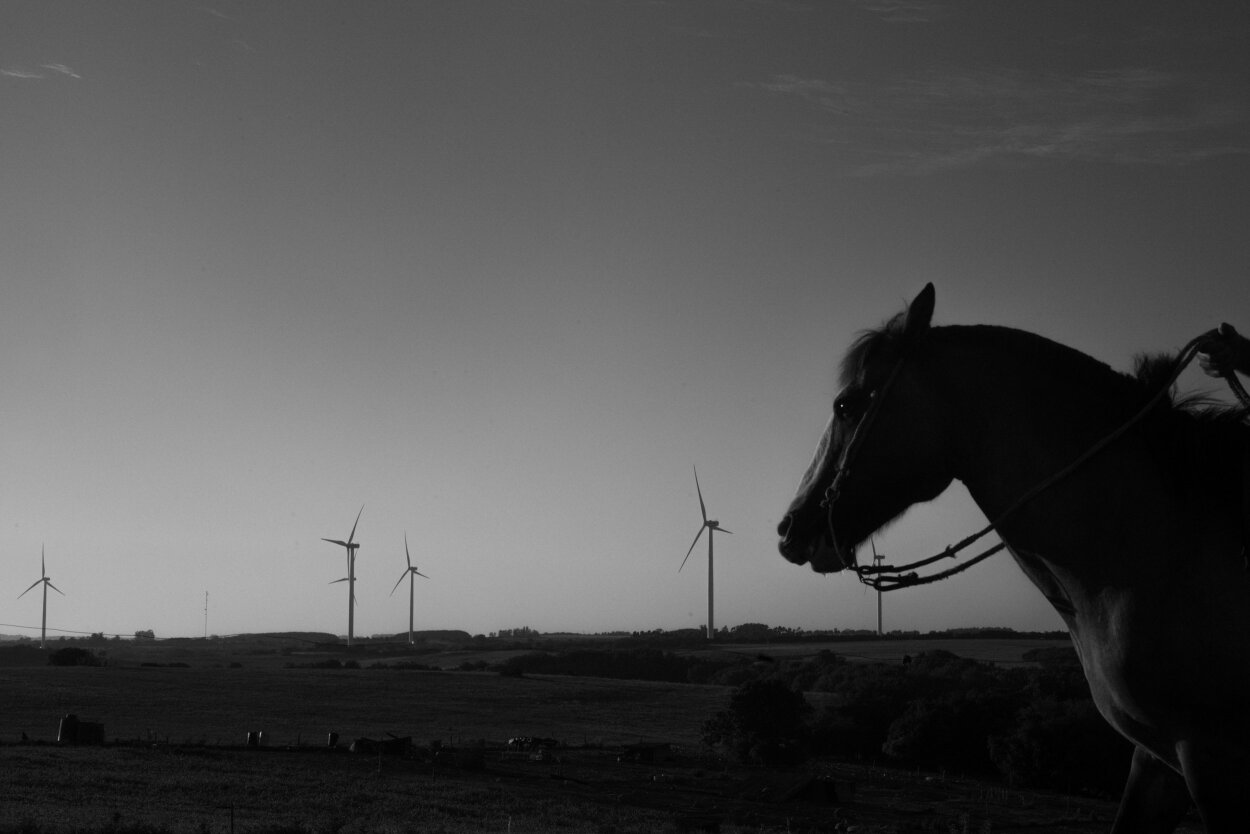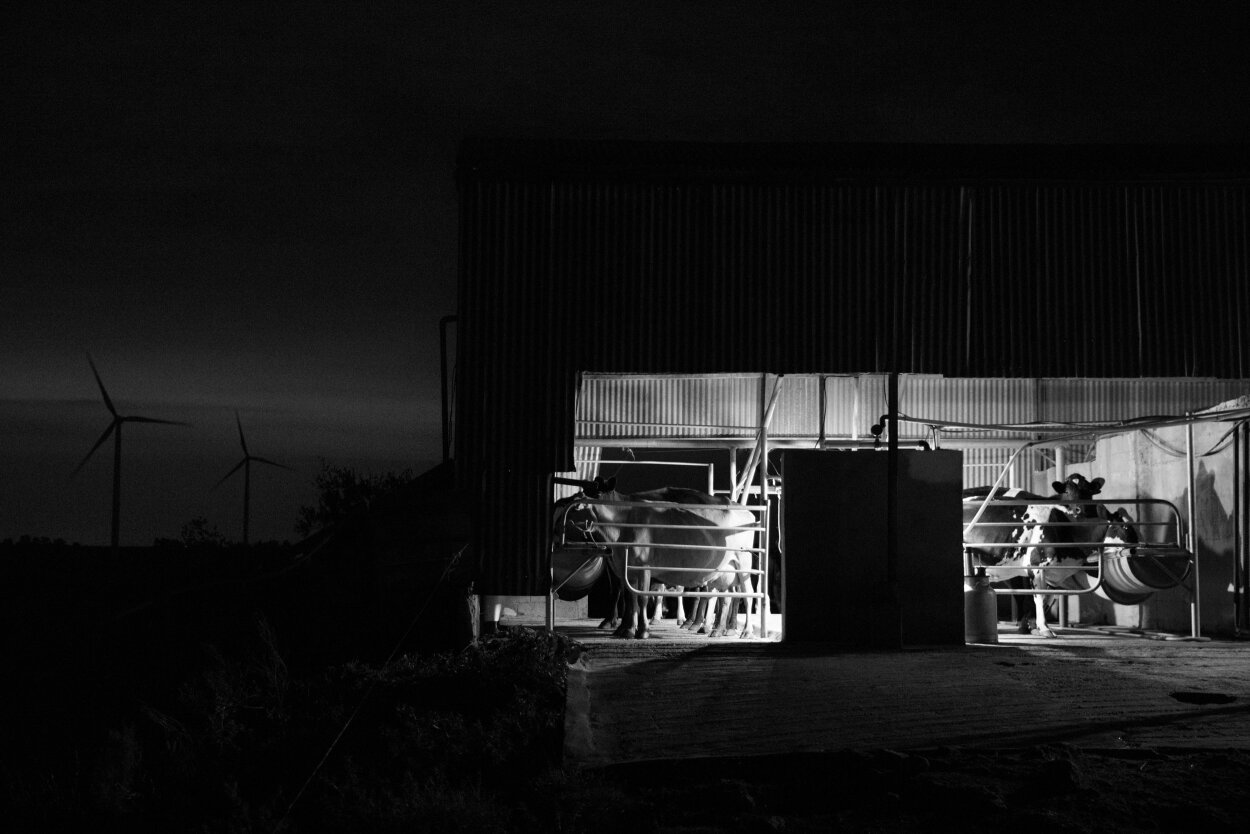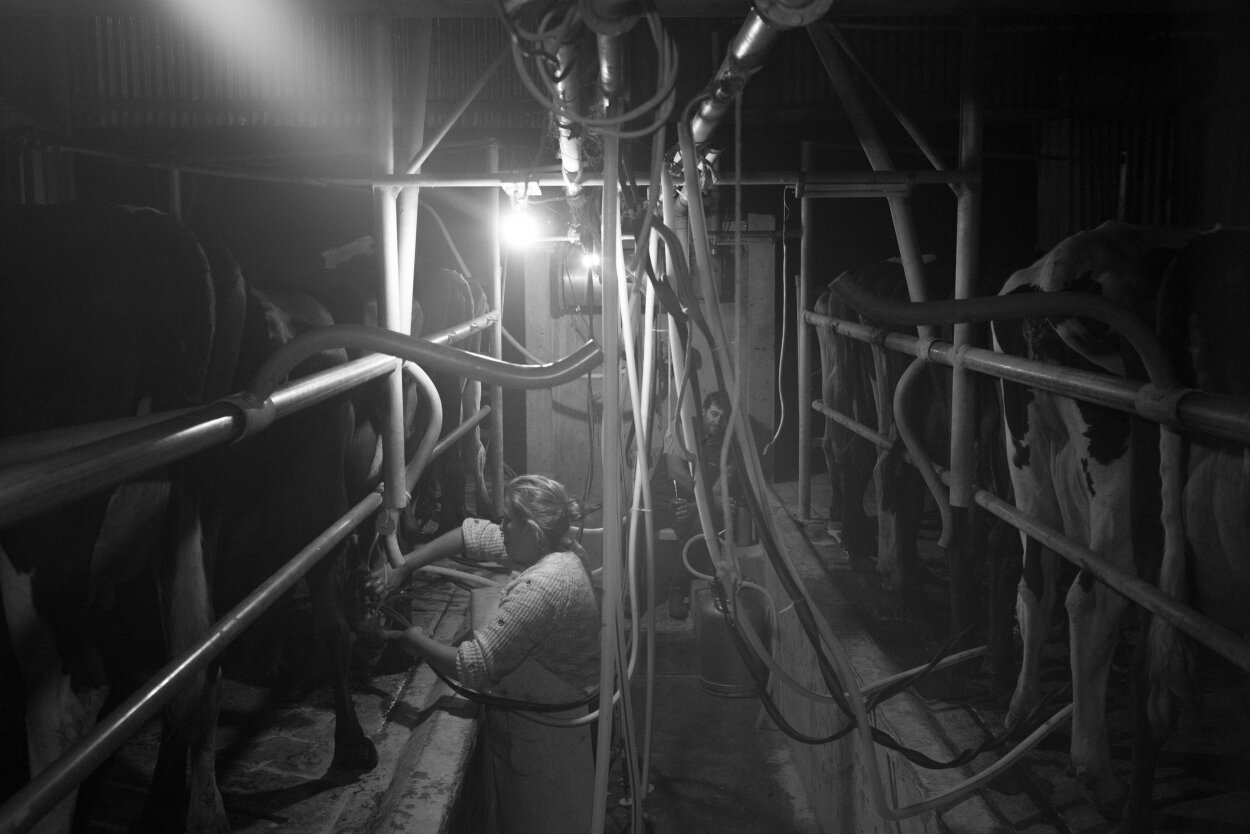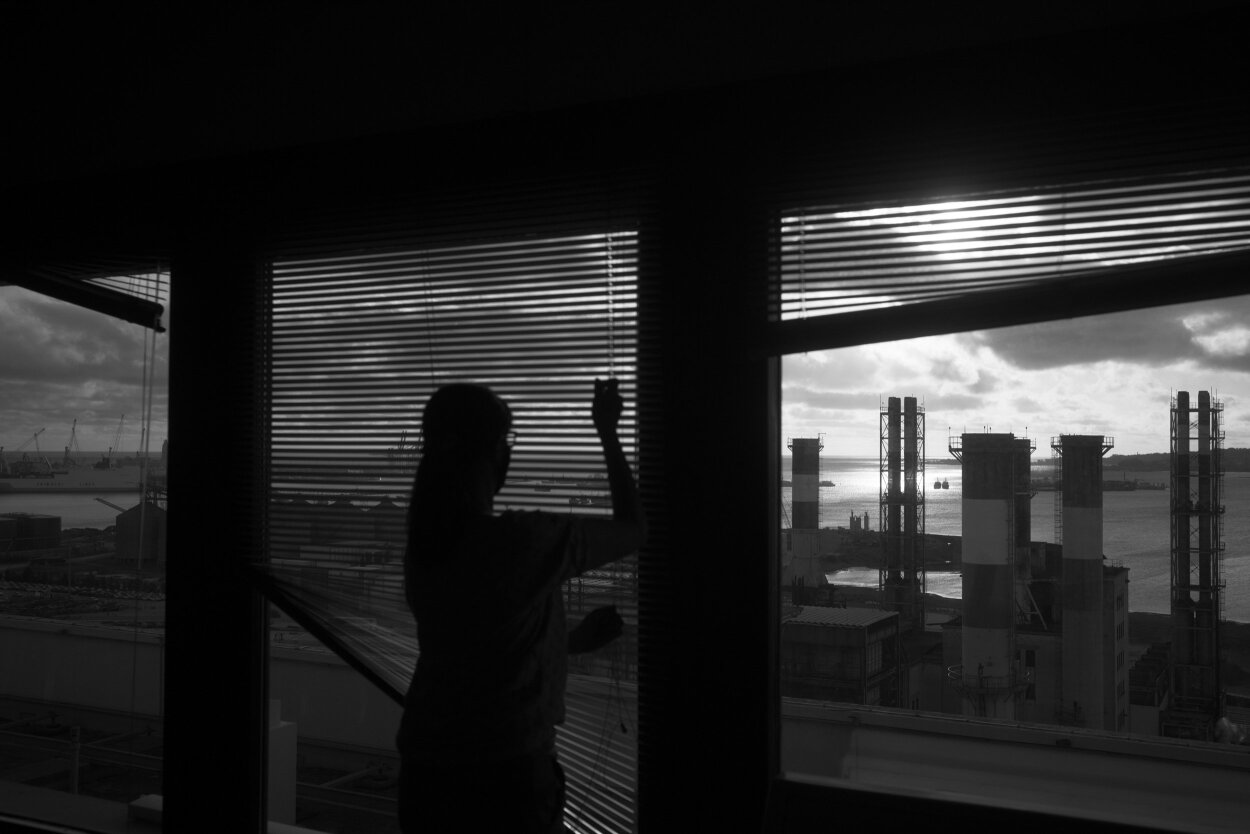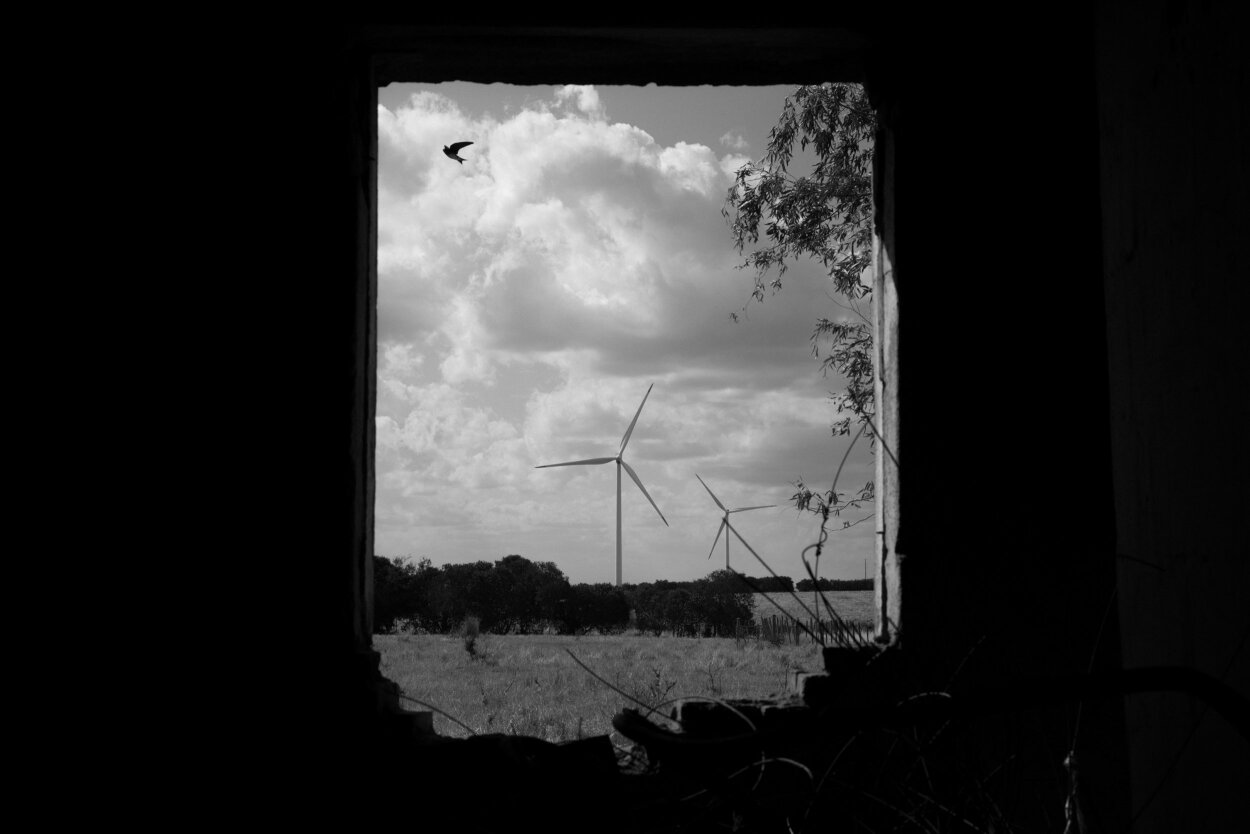Uruguay's green revolution
Made in assignment for the New York Times Magazine
What Does Sustainable Living Look Like? Maybe Like Uruguay. When you think of countries committed to climate action, it’s often those in Scandinavia like Denmark or Sweden, or ecological havens such as Costa Rica or Bhutan. But in Latin America, the small ranching country of Uruguay – home to around 3.5 million people, and some 12 million cattle – has recently emerged as an unlikely leader. In a little over 15 years, the country has undergone an extraordinary green revolution, transitioning from oil dependency to a grid powered by 98 percent renewable energy. The rapid diversification of its electricity sector began under former President Mujica, between 2010 and 2015. For him, renewable energy, especially wind power, was a way to reduce the cost of generating electricity. As early as 2016, a year after his reign, wind farms across the country had lowered these costs by more than $200 million a year. "What we have learned is that renewable energy is not just a financial business," Uruguay’s national director of energy, Ramon Mendez, says. "For three years we didn't import a single kilowatt-hour. We used to be dependent on electricity imports from Argentina, but now we export to them”, he adds. This example shows that it is possible to diversify and base much of electricity generation on wind and solar without a backup of dirty energy in a relatively short time and that this change visibly benefits both the economy and society as a whole. Today, the country’s per capita carbon footprint hovers around five tons – well within sight of the two tons per capita necessary in order to limit the world to 1.5 degrees Celsius of warming – its power sector is reliable and stable, and it’s managed to cut more half a billion dollars from its annual budget. For many people worldwide, a better future means a future of growth: a new business, a bigger house, or another car. In short, a future burning more fossil fuels. But climate change has cast this model of unlimited growth into doubt. There’s simply no way for every human on earth to aspire to such unfettered consumption, while also meeting our global emissions goals. This work, make an assignment for The New York Times Magazine, is a photographic journey into the deepest Uruguay that changes, not only from the point of view of landscape but also from the point of view of daily life, habits, and on the new way of using energy.
